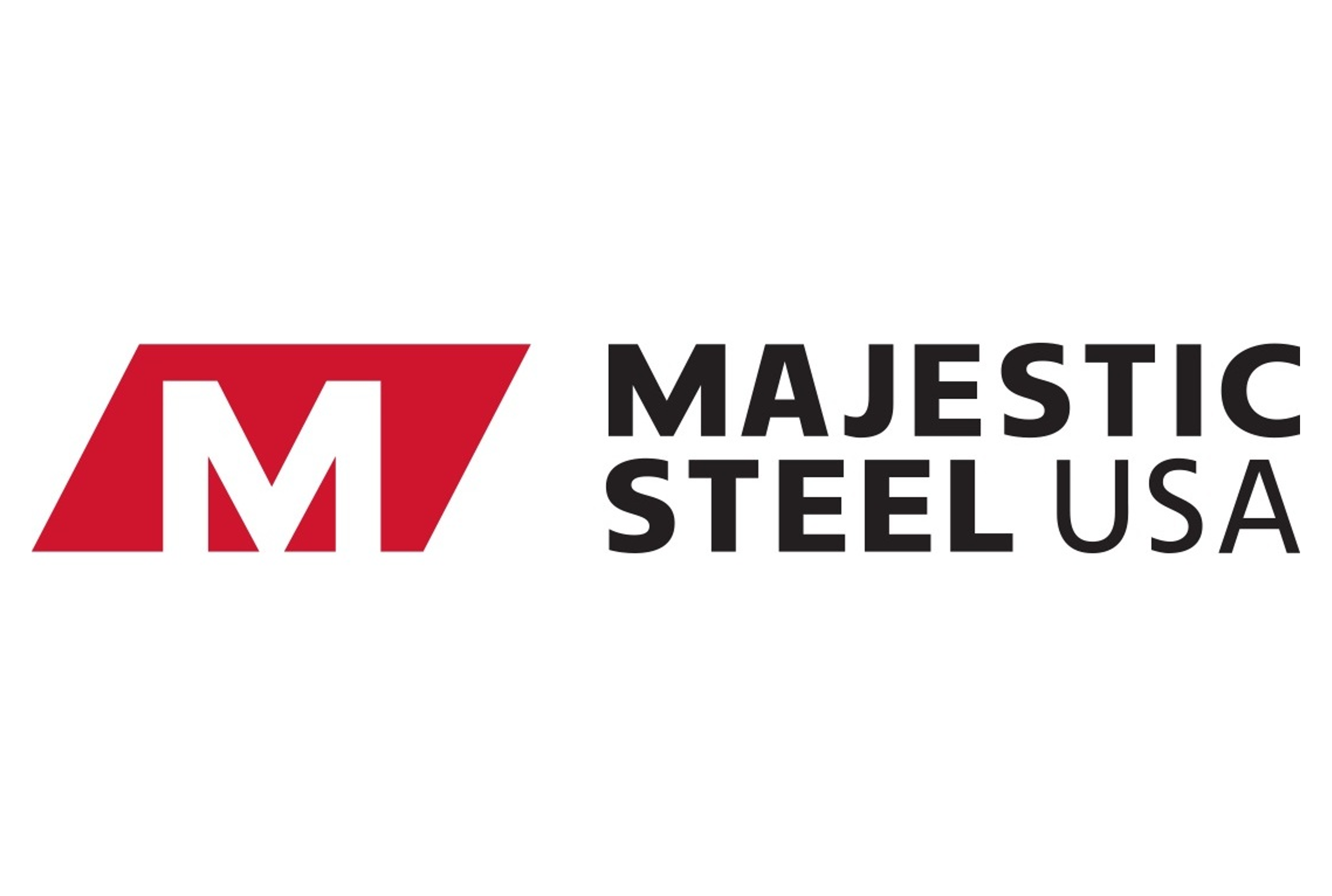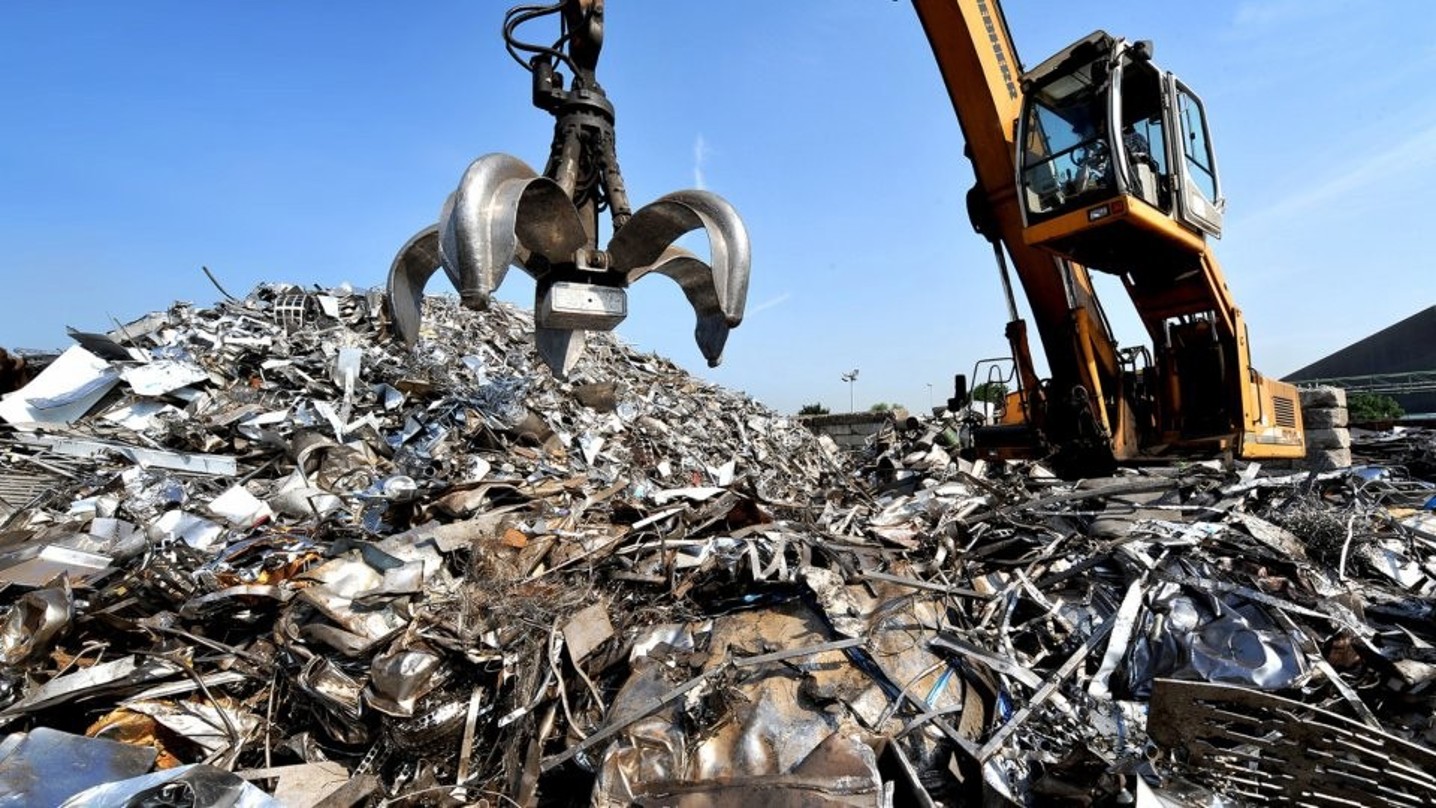Analysis
August 14, 2025
Steel market chatter this week
Written by Brett Linton
On Monday and Tuesday of this week, SMU polled steel buyers on an array of topics, ranging from market prices, demand, and inventories to tariffs, imports, and evolving market events.
We are sharing a selection of the comments we received below, in each buyer’s own words.
Before diving in, we asked our internal AI tool Orac to analyze the responses and highlight four key themes. Here’s what it found:
- Prices are soft near term, with a possible modest bounce anticipated in Q4, driven more by outages/restocking than by true demand strength.
- Demand is weak-to-fragile “stable,” with buying restrained by tariffs, price volatility, and interest-rate uncertainty.
- Inventory is moving more slowly than last year, with seasonality and soft demand reducing urgency to buy.
- Tariffs raise costs and uncertainty, with minimal near-term benefits from reshoring evident.
Want to share your thoughts? Contact david@steelmarketupdate.com to be included in future market questionnaires.
How do you expect prices to trend over the next three months?
“Down! No reason for things not to continue to weaken from here. Our team is bearish.”
“Down, demand destruction.”
“After the 50% (reciprocal?) tariffs were dropped on Brazilian metallics, I’m now thinking that prices will drift down a little further.”
“In the near term, we expect prices to slide a bit with the lower end of the range lowering as contract prices fall. We do expect some sort of rebound as inventories and imports lighten up and mill outages come into play.”
“Bottom out in September/October and start to bounce in November, but I think it will be lower than current futures.”
“Price will start increasing soon and stop when inventories are rebuilt. Lack of imports and service center restocking will occur.”
“Price increases will be introduced by the mills soon, from planned outages and the summer doldrums ending.”
“I feel prices will trend lower for the next 1-2 months and then begin to recover. I am hopeful that we will see demand begin to pick up in the fourth quarter.”
“Pricing will increase due to tariff introductions.”
“With tariffs on a bit more solid ground, I feel prices will slowly increase.”
“Plate prices will be going up end of Q3 or early Q4.”
“Stable until all tariffs are in place and business has adjusted.”
“Stay soft until the end of summer.”
“Flat, business is still soft.”
“Flat as the 50% tariff is keeping prices higher than the market.”
Is demand improving, declining or stable?
“Declining, people are being very careful to not overbuy due to uncertainty in demand.”
“Demand remains weak and is not expected to increase yet.”
“Overall demand seems to be declining; sentiment is very weak.”
“Declining, due to tariff-driven market uncertainty.”
“Declining due to volatility in the marketplace.”
“After a nice burst in business in June, July was slower but still an acceptable month.”
“Demand is stable after the holiday, some buyers are holding back, making this look worse than they are, as they expect lower prices.”
“Stable, but below our forecasts for the same reasons we have had most of the year – too much uncertainty in the market and interest rates.”
“Stable due to uncertainty.”
“Stable, being a generous word.”
“It’s okay, I hope it doesn’t decline further.”
Is inventory moving faster or slower than this time last year?
“Inventory is moving slower due to decreased demand. Sales are off a bit due to some holes in inventory.”
“Slower due to the economy.”
“Plate is currently moving slower than this time last year.”
“Moving slower, lack of demand.”
“Slower, summer vacations/doldrums.”
“Slower with so much uncertainty, but last year was an anomaly as well with the election.”
“Moving about the same, which wasn’t great the second half of 2024.”
“Maybe the same, which isn’t saying much.”
“Faster as this is our busy season.”
Are President Trump’s tariff policies helping your business?
Over half of the buyers responding to this question (52%) were unsure how tariffs would impact their business. The vast remainder (41%) say their businesses are not benefiting from tariffs, and only 7% believe that the tariffs are helping them. Comments included:
“Cratering demand and companies are scared of what the landscape will look like next year.”
“They are creating higher costs for imports, resulting in higher costs for US companies and creating uncertainty on future costs.”
“They’ve caused a lot of ‘unknown’ in the market, and that is bad for business.”
“They should be helping, but the ever-changing landscape may actually be hurting.”
Are you seeing evidence of manufacturing reshoring to the US because of Trump’s tariffs?
Most buyers (50%) responded that it is too early to say. Another 32% said they are not seeing any signs of reshoring, while 18% reported they have seen evidence. Comments included:
“OEMs aren’t willing to make massive investments to reshore, given the uncertainty of what the demand looks like in the long-term outlook and the chance that short-term trade policy will change dramatically. Why take such a big risk?”
“The headlines are definitely there, but are these projects even real?”
“I’m hearing it’s happening, but don’t have any firsthand experience or any increased sales due to reshoring that I’m aware of.”
“Small changes announced to date, but have not translated into major demand.”
“I’m still not seeing any reshoring in my customer base.”
“Not yet, but we’ve had a few conversations.”
“Automotive is moving some production back from Mexico.”
Are imports more attractive than domestic material?
“Imports are not attractive due to economic uncertainty driven by reciprocal tariffs.”
“Too many unknowns to be attractive.”
“Imports are not more attractive with the tariffs in place and domestic prices sliding.”
“No, due to lead time and pricing volatility.”
“Imports are still worrisome, especially as domestic mills go lower.”
“Plate imports are currently not attractive.”
“In some cases, import pricing is more attractive than domestic (we are based in Canada).”
“Somewhat, but lead times and uncertain demand make this a massive gamble.”
“Imports are still attractive as I am getting stable or high domestic quotes.”
“Only on lighter gauge steel (.015” and lighter).”
What’s something that’s going on in the market that nobody is talking about?
“The overall slowdown in the manufacturing sector, driven by buyers being hesitant to spend on non-discretionary items.”
“Scrap prices are flat despite large increases in input costs for mills, which tells you demand is very muted. Despite imports being down so much, scrap is not moving since mills aren’t getting enough bookings. Manufacturing is down, auto is down, homes are down, building permits are down – almost everything across the board is flashing red, with no real reason to be optimistic anytime soon. We need a level of confidence to get people off the sidelines to make large investments. Demand simply isn’t there.”
“I don’t think the mills are busy, but they want you to believe they are.”
“Is U.S. Steel going to reline the #14 furnace at Gary in Q4 or not?”
“Is anyone buying the assets down at AHMSA, or are they all just too shredded?”
“Keep an eye on Cliffs selling off assets.”
“Evraz sale status.” (In case you missed it: The sale to Atlas Holdings was completed at the end of July.)







